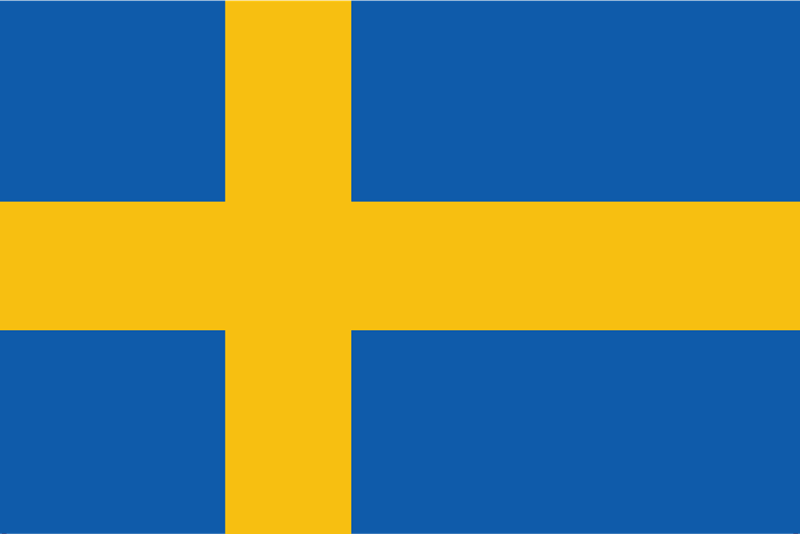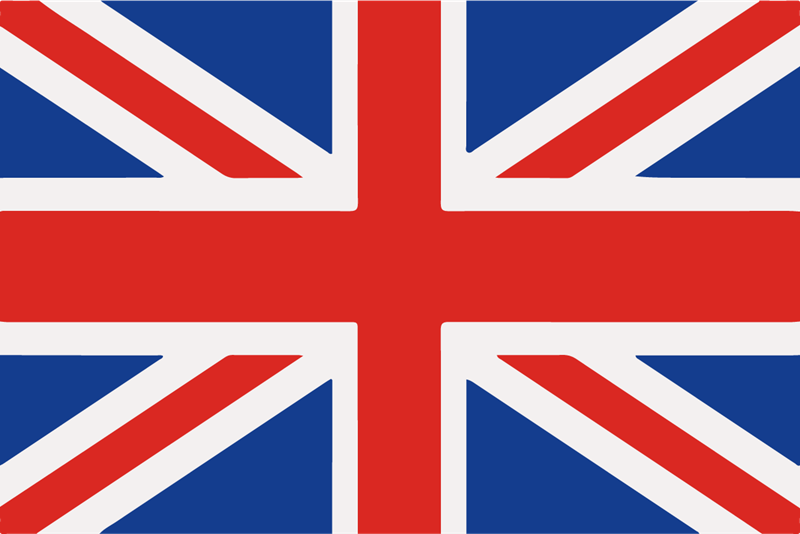Welcome to the Swedish Vallhund Society
Preserving and protecting these energetic,
versatile and smart dogs since 1980.
We hope you enjoy our website.
Our Patrons and Presidents
Patrons
H.R.H. Princess Margaretha of Sweden (Mrs Ambler) & The Dowager Countess of Inchcape ~ Mrs. E. Cartledge
President
Mrs Rosie Peacock-Jackson
Vice President
Mrs B. Hammarstrom | Dr C. Millard | Mr R. Vourinen
News
Breed Notes - December 2025 Part 2
Added at 16:28 on 05 January 2026
New Breed Notes - December 2025
Added at 09:07 on 14 December 2025
Swedish Vallhund Breed Appreciation Day and MCE-Online Event
Added at 19:22 on 18 November 2025
Breed Notes - November 2025
Added at 19:13 on 18 November 2025
Upcoming Events
26 January 2026 19:00–21:00
Swedish Vallhund Breed Appreciation Day and MCE- Online Event
Swedish Vallhund Breed Appreciation Day and MCE A seminar on the history of the breed and explanation of the breed standard to enable judges to progress through the JEP judging route. Please click the link below to book your place: Swedish Vall...5 April 2026
SVS APRIL CHAMP SHOW and AGM
Championship show Judge Mel Harris ( Candace)
Special Classes Judge Lynn Pallatina (Valltineya)
6 September 2026
SVS OPEN SHOW
Open Show Judge Mr E Forsey (Muzoku)
6 September 2026
SVS CHAMP SHOW
Championship Show Judge Mrs S Bird (Bridus)























































































